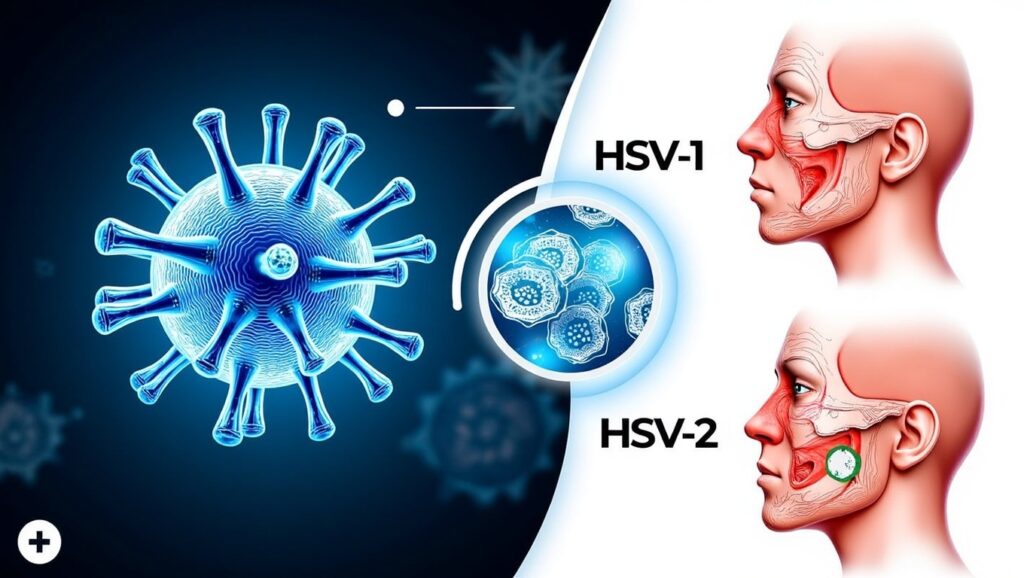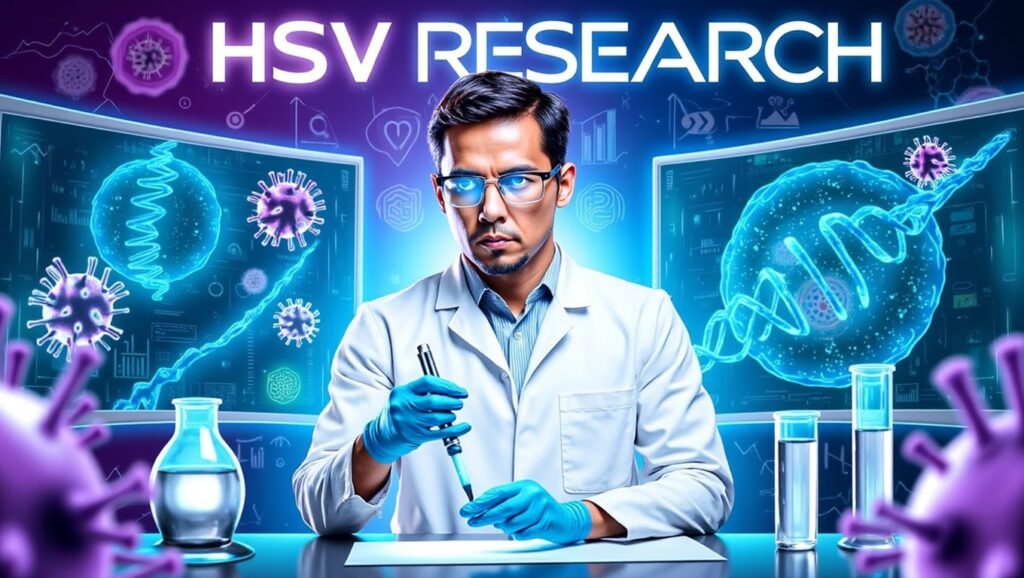Herpes simplex virus (HSV) is a prevalent infection affecting millions of people worldwide. It exists in two main strains: HSV-1, typically associated with cold sores around the mouth, and HSV-2, linked to genital herpes. While often asymptomatic, HSV can cause recurrent outbreaks with uncomfortable and sometimes painful blisters. Understanding the virus, its transmission, and management strategies empowers individuals to make informed decisions about their health.

Transmission and Risk Factors
HSV-1 spreads primarily through close contact, including kissing, sharing utensils, or touching an infected area. HSV-2 transmission occurs mainly through sexual contact, vaginal, anal, or oral sex with an infected person. Risk factors for acquiring HSV include having multiple sexual partners, a weakened immune system, and exposure during childhood (HSV-1).
Symptoms and Diagnosis
The initial HSV infection may go unnoticed, or cause flu-like symptoms, swollen lymph nodes, and the development of blisters at the infection site. Recurrent outbreaks often present with fewer and milder symptoms, though some individuals experience significant discomfort. Diagnosis typically involves a visual examination and sometimes a swab test of the blister fluid to confirm the presence of the virus.
Management and Treatment
There is no cure for HSV, but antiviral medications can significantly reduce the frequency, severity, and duration of outbreaks. These medications work best when taken at the first signs of an outbreak, helping to shorten the healing time and lessen discomfort. Daily suppressive therapy with antiviral medication can further decrease the risk of transmission to sexual partners.
Living with HSV
An HSV diagnosis can be unsettling, but it’s important to remember that millions of people manage the virus effectively. Open communication with sexual partners is crucial. Practicing safe sex with condoms can help reduce the risk of transmission. Maintaining a healthy lifestyle with stress management and a balanced diet can contribute to a robust immune system, potentially reducing the frequency of outbreaks.
The Future of HSV Research
Researchers are actively exploring potential vaccines and cure options for HSV. Ongoing studies investigate new antiviral medications and delivery methods to improve treatment efficacy. Early diagnosis, proper management strategies, and ongoing research offer a hopeful outlook for the future of HSV management.

Conclusion
Herpes simplex virus is a common infection, and understanding its transmission, symptoms, and management strategies is crucial. By staying informed and practicing preventive measures, individuals with HSV can live fulfilling lives. With ongoing research, the future holds promise for improved treatment options and potentially even a cure for HSV.
Advancing Medicine Quality: Uniting Standards: The 15th International Meeting of World Pharmacopoeias


Pingback: Understanding Endometriosis: Insights and Support - stay healthy today
Pingback: Dengue and Severe Dengue: A Global Health Challenge - stay healthy today